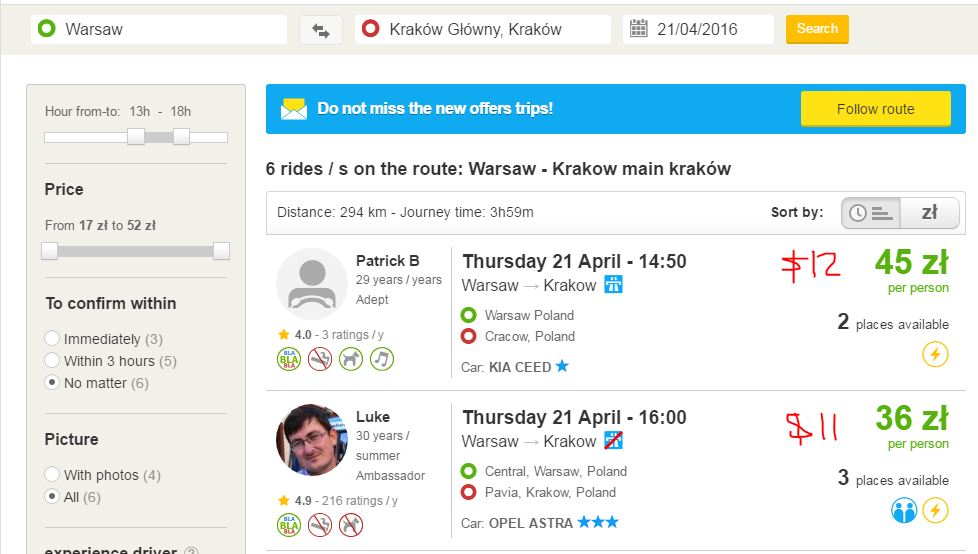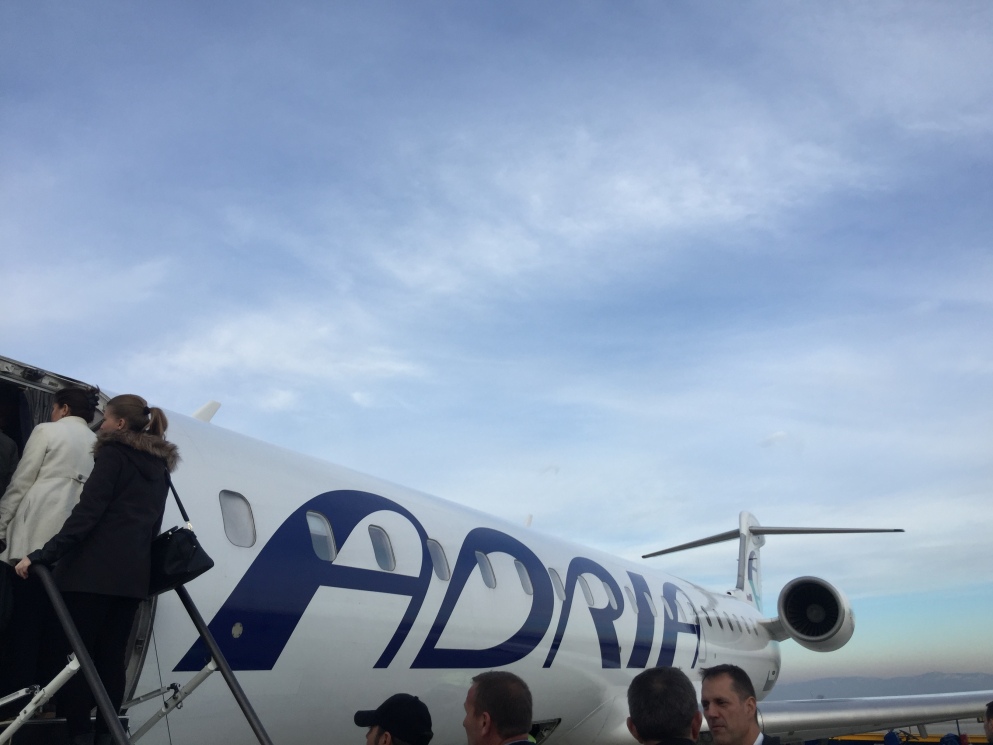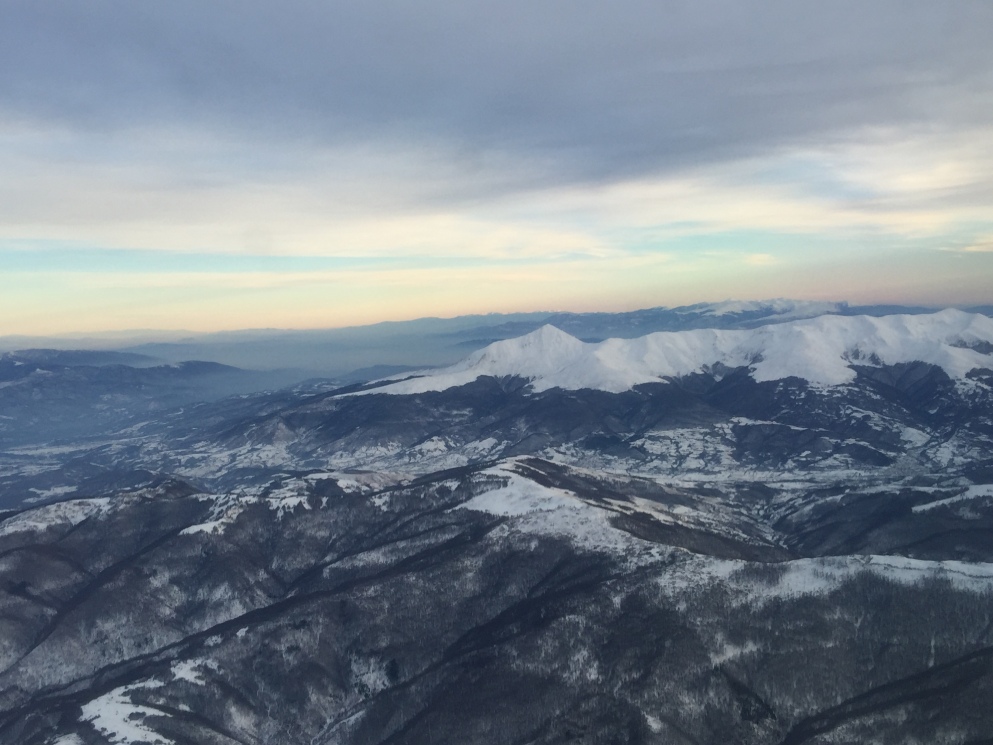Every person we have talked to since returning to America has lamented about how they would quit their job and travel the world, if only they had the money. Let this serve as a guide of the websites that will help you secure lodging and food while overseas.
FREE ACCOMMODATION:
We spent about half of the time working as HelpXers, where we exchanged 3-5 hours of work five days a week for semi-private or private accommodations and three meals a day.
HelpX: It’s something like $30 fee for a 2 year membership, and you can apply to as many HelpX’s as you want to!
Here’s a snapshot of some of the activities we did on a HelpX and how these skills are transferable to the workforce:
- celebrated a Finnish birthday (learn culture, customs, and work through a language barrier)
- France: built a retaining wall (ability to follow direction and work under pressure)
- Bulgaria: built a chicken coup path (independent self-starter)
- Bulgaria: milked a goat
- Kosovo: assisted in running a hostel (hospitality / management experience)
- Finland: taught English at a school
and so much more! None of it really felt like work, as we were learning from everyone we met. We stayed at hostels when we weren’t house sitting, and sometimes at AirBnBs.
Speaking of housesitting / petsitting, we watched pets in 3 countries: Ireland, France and Norway. We used both TrustedHousesitters and MindMyHouse. Again, for a small fee, you create a profile, what animals you feel comfortable watching, your experience with animals (from domestic to livestock), and you’re off to the races.
We have met people who have stringed together back to back house and pet sits and wound up staying entire months in the Eurozone for less than $500 per month. For some people, that is a car payment. That’s probably more than your mortgage or rent.
NEARLY FREE CARS:
There are many ride-sharing services in Europe, but the one we heard the most about is Blablacar. You type in the country you are starting in, and an end location, and a date, and you get matched with people who are going that direction!

It is like yelp. Drivers are rated, the cars are rated, and you are shown the distance and the approximate drive time. The page is translatable to any language. In this example, it will cost approximately $10-13 for a 4 hour trip across Poland. Not a bad deal!*

*We talked to over a dozen people who have used Blablacar, and none of them reported any safety incidences. It is like anything else in life – if your ride arrives and you get a sticky feeling, then forfeit the money – no big deal. No amount of money is worth your life.
This should get you off to a running start when you’re preparing your overseas adventure! Let us know what else you’d like to get for free (or on the cheap!) while traveling.
Salut, Cheers, and Happy Travels!
Mark and Melody





 .
.

